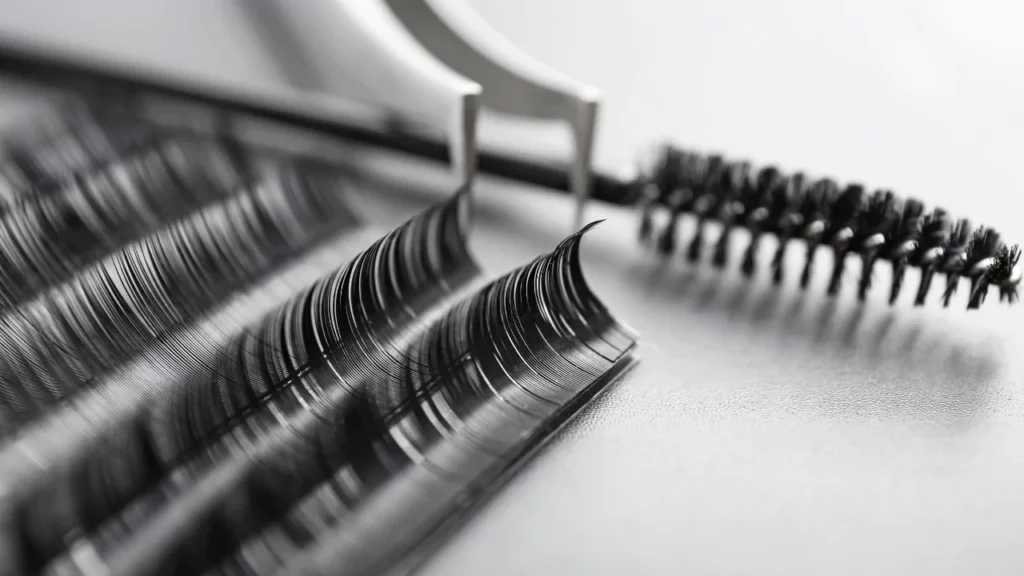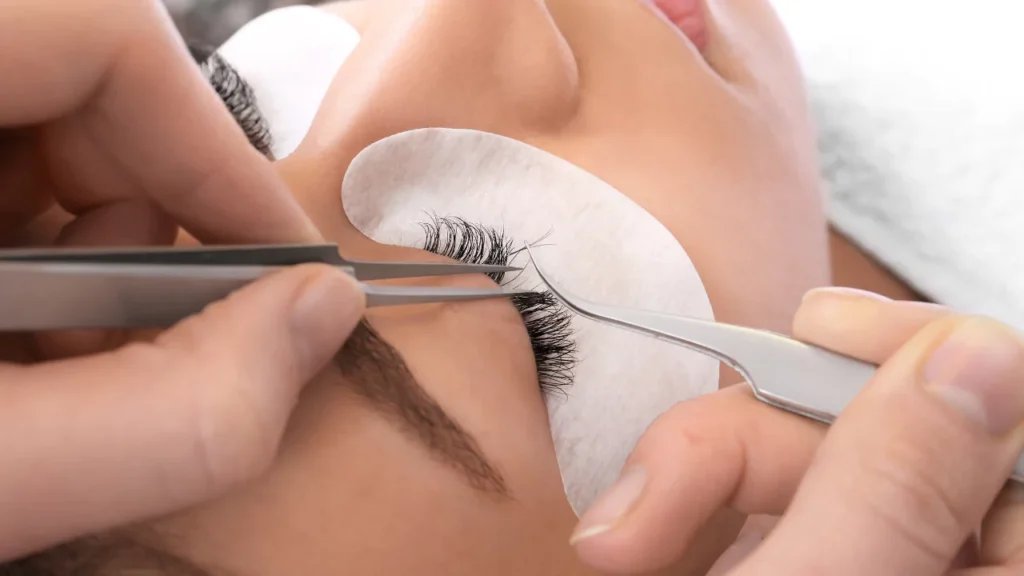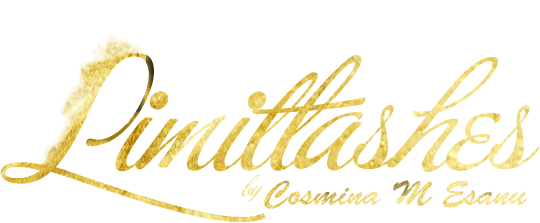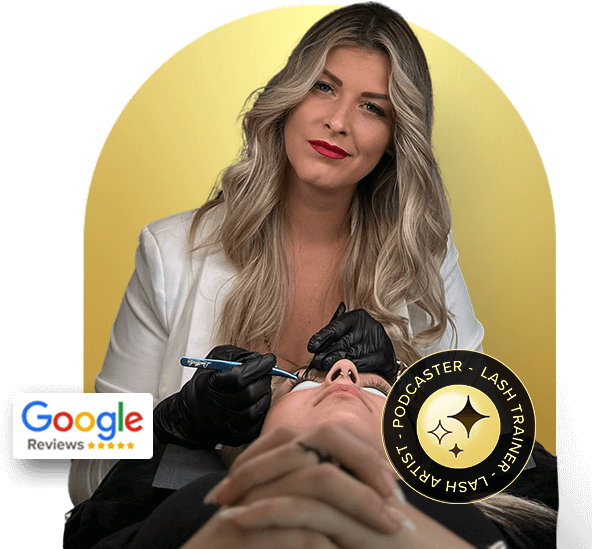Lash extensions are more than just a beauty enhancement—they’re an art form that requires precision and customization to bring out the best in each client’s natural beauty. Understanding lash extension curl types, thicknesses, and application techniques is essential for creating a look that complements the client’s eye shape and lash health. Whether you’re a seasoned lash artist or new to the industry, this comprehensive guide will help you master the art of lash extensions.
Why Lash Extension Curl Types Matter
The curl of a lash extension defines its overall look, making it one of the most critical factors when designing a set. Choosing the right curl not only enhances the eyes but also ensures the extensions work harmoniously with the client’s natural lashes.
Each curl type creates a distinct effect:
- B Curl: A slight lift for a natural look, suitable for clients with straight lashes.
- C Curl: A soft yet noticeable curve that works for most eye shapes and creates a subtle, eye-opening effect.
- D Curl: A dramatic, pronounced curl ideal for clients who want their lashes to stand out.
- L Curl: Straight at the base and sharply curled at the tip, perfect for clients with hooded or downward-sloping eyes.
By understanding lash extension curl types, lash artists can better tailor their applications to suit individual clients, ensuring a stunning and long-lasting result.

Understanding Lash Extension Thickness
Lash thickness determines the weight and volume of the extensions, directly affecting the overall style and longevity of the application. Here’s a breakdown of common thicknesses:
- 0.03 mm: The finest option, perfect for creating mega volume fans. These lashes are lightweight and can be used to create fans of 4–20 lashes without damaging natural lashes.
- 0.07 mm: Ideal for light volume sets, allowing fans of 4–7 lashes.
- 0.10 mm: A versatile thickness that works well for 2–3D volume or a denser classic look.
- 0.15 mm: Best for classic sets, where one extension is applied per natural lash.
- 0.18 mm: Offers a bold, dramatic effect but should be used sparingly to avoid putting too much strain on the natural lashes.
Understanding the relationship between thickness and natural lash strength is crucial. Overly thick lashes on weak natural lashes can cause damage, while thinner lashes can create a fuller, lightweight look.
How to Read Lash Extension Cases
When purchasing lash extensions, the labeling provides vital information about the product. For example, a case labeled “0.03 C Mix” means:
- 0.03: The thickness of the lash.
- C: The curl type.
- Mix: A variety of lengths included in the case, typically ranging from 8 mm to 15 mm.
Familiarizing yourself with these labels ensures you’re using the right products for each client.
Choosing Lash Extension Curl Types for Different Eye Shapes
Not all lash curl types suit every client. Here’s how to select the best curl based on eye shape:
Hooded or Downturned Eyes
- Use L curls to lift the lashes and create a more open appearance.
- Focus on lifting the middle lashes for a doe-eyed effect.
Round Eyes
- Opt for C curls for a balanced, natural look.
- Design a set that starts shorter at the inner corners, gradually lengthening to the center, and tapering off toward the outer corners.
Almond Eyes
- D curls work beautifully to add drama and enhance the natural shape.
- This versatile eye shape allows for creative styling, from cat-eye designs to full-volume looks.
Monolid Eyes
- L curls are ideal, as they lift the lashes from the base, creating a natural yet noticeable lift.
Matching lash extension curl types to the client’s eye shape ensures the final look enhances their natural beauty while maintaining a comfortable fit.

Mastering Proper Application Techniques
Correct application is critical for the longevity of lash extensions and the health of natural lashes. Follow these best practices:
- Placement Matters: Always apply lash extensions 1 mm away from the lash line to avoid irritation or improper bonding.
- Alignment Is Key: Extensions should align with the natural lash, curving upwards seamlessly. Incorrect placements—such as extensions glued to the side or beneath the natural lash—can lead to premature shedding.
- Fan Creation: For volume or mega volume sets, use appropriate thicknesses (e.g., 0.03 mm for mega volume) to create lightweight, symmetrical fans.
Tips for Cleaning and Maintaining Lash Extensions
Proper aftercare is essential for lash longevity. Share these tips with your clients:
- Use Lash-Safe Cleansers: Opt for oil-free, gentle foaming cleansers specifically designed for lash extensions.
- Brush Daily: Use a clean spoolie to gently comb through the lashes and prevent tangling.
- Avoid Oil-Based Products: Oils can break down the adhesive bond, leading to premature shedding.
Educating clients on lash care ensures their extensions stay fresh and fabulous between fills.
Common Mistakes to Avoid
To maintain healthy natural lashes and long-lasting extensions, avoid these common pitfalls:
- Skipping Cleansing: Dirty lash lines can lead to irritation and infection.
- Using Thick Extensions on Weak Lashes: Heavy extensions can strain and damage natural lashes.
- Ignoring Lash Curl Types: Choosing the wrong curl can result in an unnatural look and poor retention.
Conclusion
Mastering lash extension curl types, thicknesses, and application techniques is essential for creating beautiful, long-lasting sets that enhance each client’s unique features. By tailoring your approach to their eye shape and natural lash health, you can achieve stunning results that keep clients coming back.
Ready to elevate your lash artistry? At Limit Lashes, we offer professional lash services and training programs designed to help you perfect your craft. Contact us today to learn more and book your appointment!
Get in touch with Limitlashes™
- Call Us: (781) 996-4048
- Email Us: [email protected]
- Send DM: Instagram
- YouTube Channel: Lash Tutorials
- Podcast: My Lash Journey
- Free Lash Class: Online Lash MasterClass









